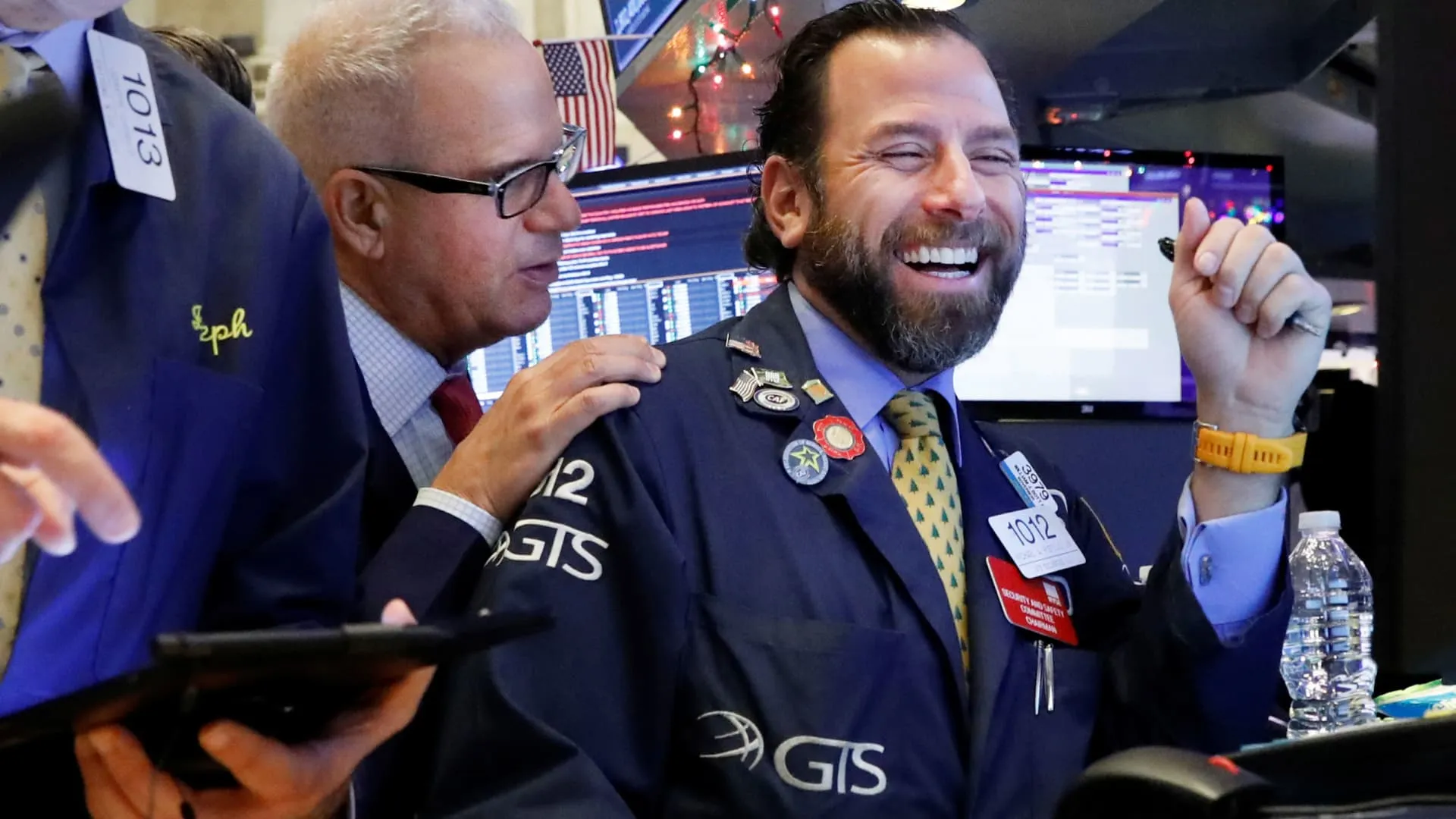Momentum Returns to Emerging Markets, Causing Bulls to Pile Into Them
Emerging market (EM) assets appear on track to finish the year with impressive gains, as investors anticipate stronger inflows into both equities and bonds during the final quarter of 2025.
Optimism around EMs is running high. A recent HSBC Holdings Plc survey revealed that fund managers are the most bullish they’ve been since early 2021—when markets surged amid pandemic-era stimulus. Supporting this enthusiasm, strategists at Goldman Sachs Group Inc. noted that emerging markets are “thriving, not just surviving,” with economic growth in many developing nations outperforming forecasts despite higher global tariffs.
Signs of renewed investor appetite are already visible. Inflows into EM exchange-traded funds began to accelerate toward the end of the third quarter, setting the stage for potentially stronger demand ahead. Several favorable forces are at play: the Federal Reserve’s shift toward interest rate cuts is allowing developing-nation central banks to follow suit, the U.S. dollar has weakened, and China’s recent market rebound is fueling broader confidence in emerging economies.
“The outlook for the rest of the year looks bright for both equities and local debt,” said Jon Harrison, managing director for EM macro strategy at GlobalData TS Lombard. “Stronger growth prospects, China’s stimulus efforts, and ongoing rate cuts from EM central banks should drive solid inflows that support regional currencies.”
A key driver behind this bullish tone is the Fed’s expected rate-cut cycle. In Asia, policymakers from South Korea to Thailand are anticipated to lower rates in the fourth quarter, with the Bank of Thailand potentially acting as early as this week. Similarly, Goldman Sachs analysts led by Andrew Tilton forecast rate cuts across Latin America over the next year.
This synchronized easing, combined with a weaker dollar, provides fertile ground for emerging-market assets to perform. Lower global rates tend to attract capital into higher-yielding EM bonds, while equity markets benefit from improving macroeconomic fundamentals. A softer dollar also relieves pressure on local currencies, balancing out the effects of lower domestic interest rates.
Data already reflects growing investor confidence. In September, an iShares ETF tracking EM dollar-denominated debt saw its largest inflow since late 2023. Meanwhile, a fund tracking the MSCI EM equity index attracted $2.2 billion in new investments, rebounding from August’s slowdown. A derivatives index tracking sentiment toward high-yielding EM currencies like the Brazilian real, Mexican peso, and South African rand now shows its most bullish positioning since early 2024.
“We’re just entering the next phase of demand for emerging-market debt,” said Shamaila Khan, head of global EM and Asia-Pacific fixed income at UBS Asset Management. “There will be moments of volatility and global risk aversion, but overall resilience should continue.”
HSBC’s survey of 100 investors managing a combined $423 billion in EM assets confirmed the upbeat tone. The proportion of bullish respondents jumped to 62% in September from 44% in June, while bearish sentiment fell to just 7%. Many participants cited a rotation away from U.S. assets and a rebound in Chinese growth as potential catalysts for further upside.
Still, analysts caution that gains will vary across countries depending on local fundamentals. Market watchers remain most optimistic about China, while other regions face challenges.
For example, the Colombian peso may lag due to fiscal concerns, said Gautam Kalani, portfolio manager at BlueBay Fixed Income for Emerging Markets, RBC Global Asset Management. He’s also wary of the Thai baht as its link to gold prices weakens and policymakers attempt to curb excessive currency strength.
Indonesia faces similar headwinds, with growing doubts about its central bank’s independence and fiscal discipline. And perhaps the biggest overarching risk to EM assets would be a sudden dollar resurgence, which could diminish the value of non-U.S. holdings.
Even so, performance has remained impressive so far. The MSCI EM currency index slipped just 0.5% during the third quarter but is still up 6.8% year-to-date—on pace for its best annual return since 2017. The MSCI EM equity index recently hit a four-year high, largely driven by gains in Chinese stocks. EM dollar bonds extended their winning streak to six consecutive months in September, marking their longest run of gains since 2019.
Adding to the optimism, excitement over artificial intelligence breakthroughs across Asia is drawing further attention to EM equities and currencies. Companies such as Alibaba Group Holding Ltd. are emerging as leaders in AI innovation, while tech-driven markets like South Korea and Taiwan continue to benefit from strong global demand for semiconductors and digital infrastructure.
“There’s a strong thematic foundation behind what’s happening in China,” said Arun Sai, senior multi-asset strategist at Pictet Asset Management. “AI, biotechnology, and broader innovation trends are fueling long-term opportunities. We’re overweight on China right now—markets have already rallied, but we believe there’s still room to run.”

Subscribe to our newsletter!
As a leading independent research provider, TradeAlgo keeps you connected from anywhere.








